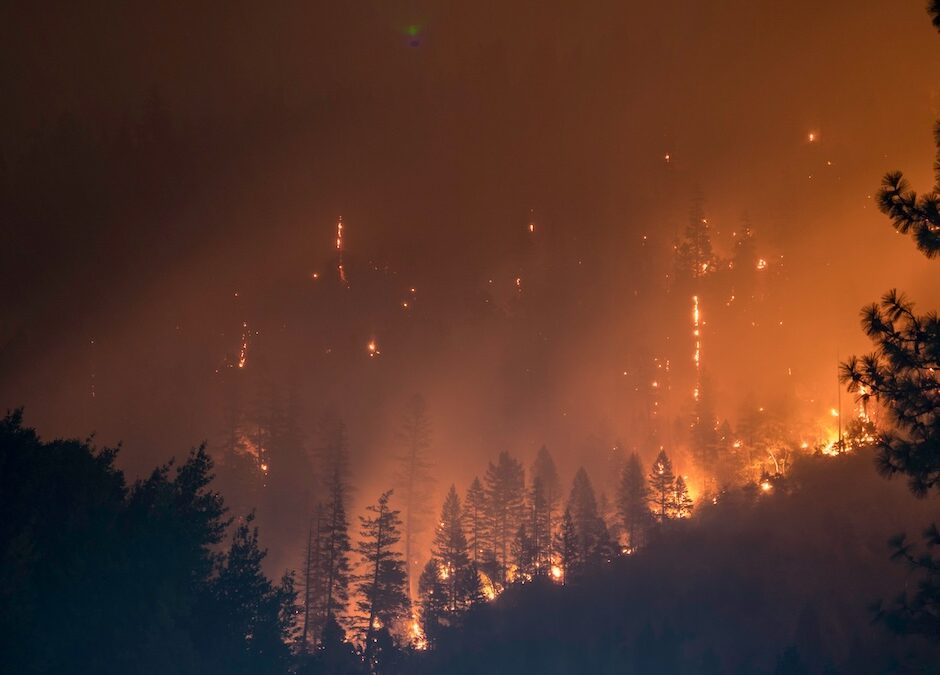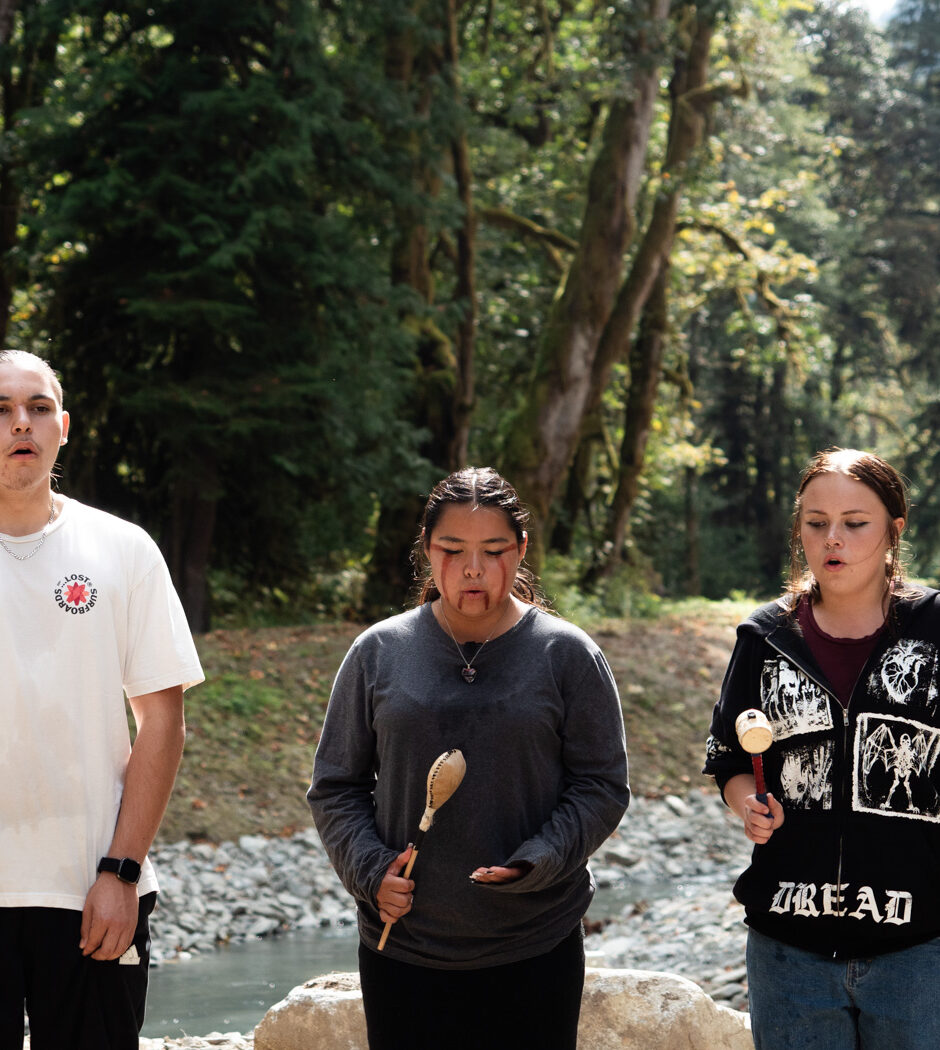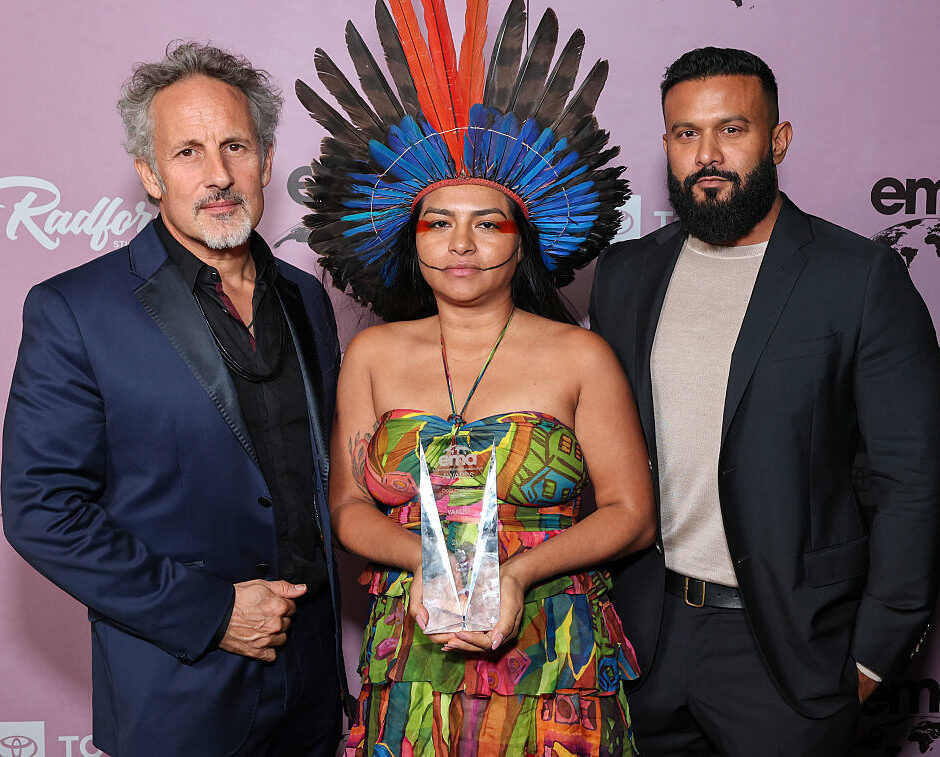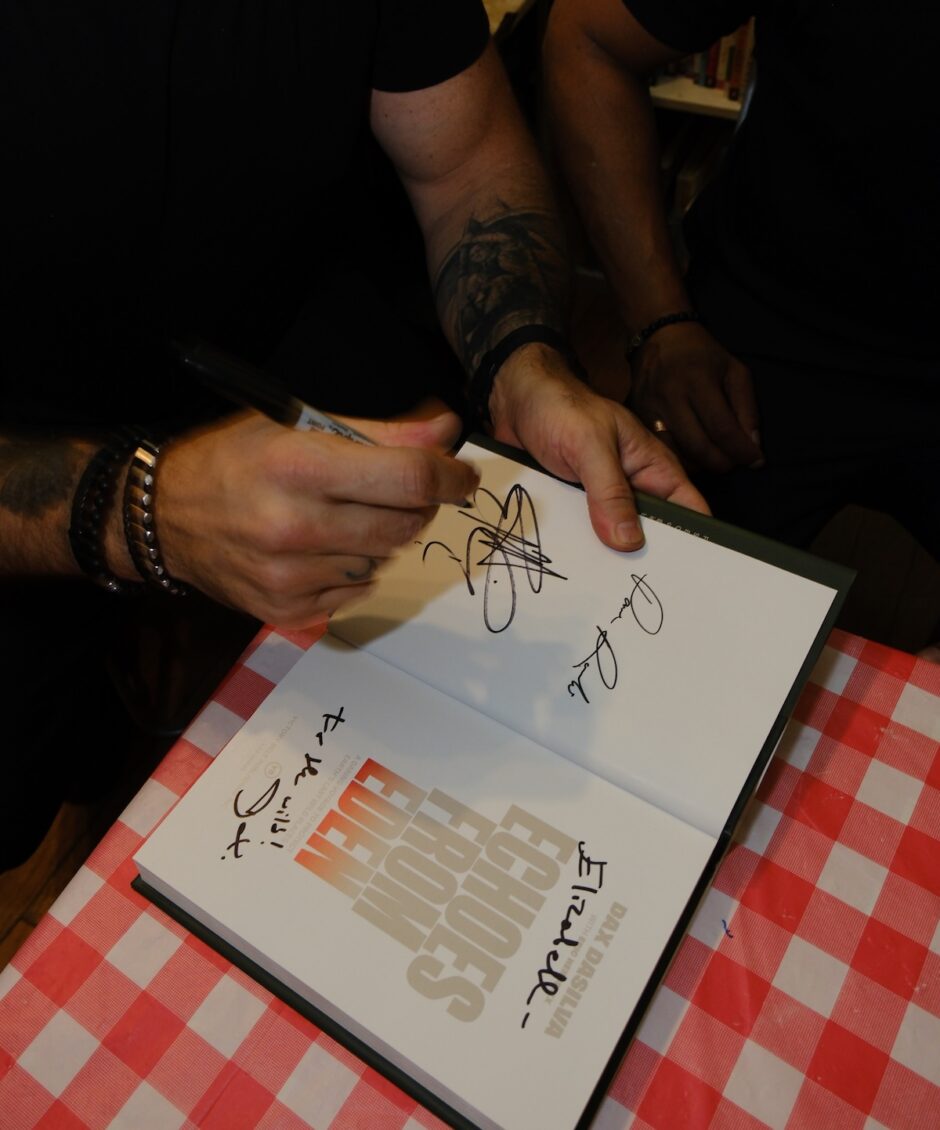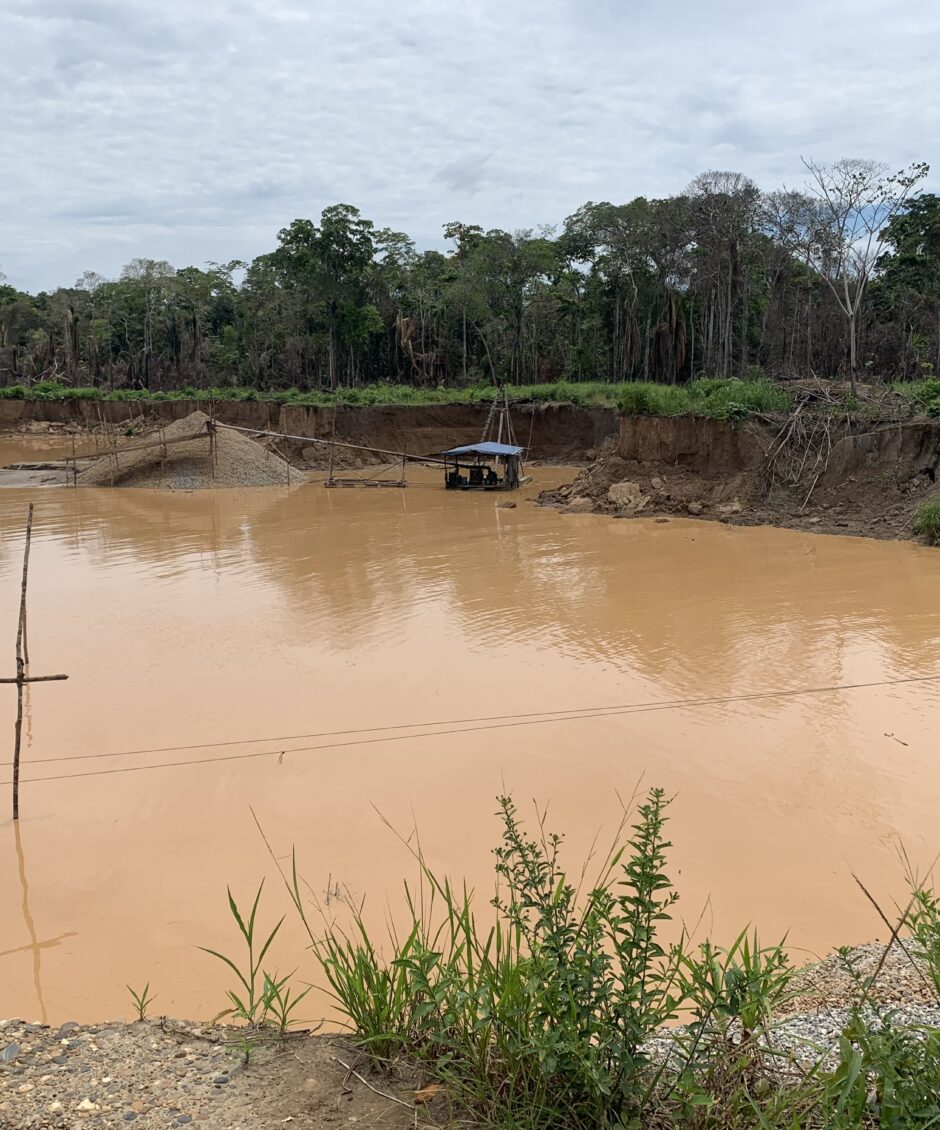Paul Rosolie: Can We Find a Cure in the Treasures of the Amazon?
Article

Just beneath the bark of the trees are compounds in the Amazon that have changed the course of history. Many already have.
Author
Paul Rosolie
Topics
Just beneath the bark of the trees are compounds in the Amazon that have changed the course of history. Many already have.
Indigenous Amazonian peoples had been using latex from trees for centuries before it came into demand in Europe and North America during the Industrial Revolution. By scoring trees, it was possible to extract latex, a substance that would become crucial to producing gaskets, hoses, wire covering, hoses, tires, and more. The substance was so crucial to the industry that by the 1920s Henry Ford was working to secure 2.5 million acres in Brazil so that he could produce rubber trees on a massive scale (“Ford Rubber Plantations in Brazil – The Henry Ford”). The project failed, and, eventually, rubber trees would be exported (stolen) from Amazonia and grown in Asia, ending the world’s dependence on wild Amazonia for latex. It is also important to note that this sudden economic boom led to a period of genocide and enslavement as rubber barons flooded into the Amazon to collect the prized substance. It is one of the darkest chapters in the annals of Amazonia’s exploitation.
It’s not the only time a tree in the jungle caused impacts felt all over the globe.

On the Las Piedras River, Indigenous communities still utilize a variety of compounds that make a living out in the challenging wilderness of Amazonia possible. One of the most fascinating examples is barbasco. A compound that can be crushed up and then placed into a section of stream to stun fish. Small fish make up an important part of the indigenous diet, and streams are a prime location for catching them. Local men and women will place barbasco in a section of the stream and wait for the toxins to spread through the water. Stunned fish will eventually float up to the surface so that the fisherman can collect the edible ones. Because the compounds don’t kill the fish, those that are not taken are able to recover.
Walking with Juan Julio Durand, an Indigenous naturalist who is one of the founding members of Junglekeepers, I have been able to see a vast array of medicinal plants in use. There is a fungus called “dead man’s fingers” used to treat ear infections. There is “matachacarero,” which is used to treat kidney stones. “Sano-sano,” or “shapunbilla” is used to treat renal inflammation and control fever. There are hundreds of others, capable of treating everything from type 2 diabetes and impotence to snake bites. Not to mention that shamanic medicines like ayahuasca have the psychotherapeutic potential to treat depression, aid in breaking heroin or alcohol addiction, and heal deeply held psychological trauma.

But perhaps most impressive are the bacteria-killing compounds. According to the CDC, more than 3 million antimicrobial-resistant infections are diagnosed in the US each year causing over 48,000 deaths. Despite advances in medical research, infections still claim millions of lives around the world each year. We are in a constant race to outpace antibiotic-resistant bacteria.
Over the course of seventeen years working in the rainforest, I once came terrifyingly close to dying from an antibiotic-resistant staph infection. Another time, after months of unsuccessful courses of antibiotics in New York from the top infectious disease doctors, I found myself with a dangerous infection, barely able to get out of bed. It was Juan Julio who ultimately cured me. He did it with the sap from a tree.

As we rush to protect the ancient forest and wildlife of the western Amazon, one of the greatest treasures we salvage is Indigenous wisdom. This wisdom has been hard-won over the course of centuries, is handed down from generation to generation, and is completely irreplaceable once lost. We all know the rainforests are treasures, but we often overlook the fact that running through the mushrooms, tree bark, and various vines and epiphytes of the rainforest, are scores of compounds with powerful chemical potential. We are only scratching the surface of what the pharmacology of Amazonia has to offer, but with the ecological and cultural preservation now taking place, there is a new and very exciting future.
Junglekeepers is now working with Indigenous communities, and will soon embark on collaborative research to document and preserve this crucial knowledge. Unlike in the past when outsiders stole the hard-earned knowledge of Indigenous healers, this work will be carried out by the people to whom this cultural heritage of knowledge belongs. There is no way to know what incredible cures the rainforest has in store for us next.

Credits
Photo 1: Fungus plays a crucial role in the rainforest, and numerous mushrooms are revered locally to be delicious food or to have medicinal properties.
Photo 2: The thick lush forests of the Las Piedras River are a complex matrix of biotic life that remains little studied and highly threatened.
Photo 3: Rhizomes of Heliconia rostrate, (family: Heliconiaceae) is known for antiophidic property, used to cure jaundice, intestinal pain and hypertension.
Photo 4: An Indigenous Shaman prepares for a long night in other dimensions in an Ayahuasca ceremony on the Las Piedras River, 2022.
Photo 5: Indigenous Naturalist and Junglekeepers co-founder Juan Julio Durand has been working to preserve culture and save habitat for his entire life.
Photo 6: Aracari (Pteroglossus Marine)
Topics
Article written by
Paul Rosolie
Paul Rosolie is an American conservationist and author. He is also the founder and field director of Junglekeepers. His 2014 memoir "Mother of God" details his experiences working in the Amazon rainforest in southeastern Peru.
Related
articles
America, Asia, News
What More Intense Wildfire Seasons Mean For People and the Planet
America, Project
Uniting Katzie Indigenous Knowledge and Science to Restore the Pitt River Watershed
Project
More articles
News
Age of Union Marks 4 Years of Global Conservation Wins As COP30 Commences in Brazil
News, Other
‘Echoes from Eden’ Book Tour Connects Readers to Urgent Stories of Conservation
Explainer, South America
In the Amazon, Gold Mining Leaves a Toxic Trail
America, Asia, News
What More Intense Wildfire Seasons Mean For People and the Planet
Film

